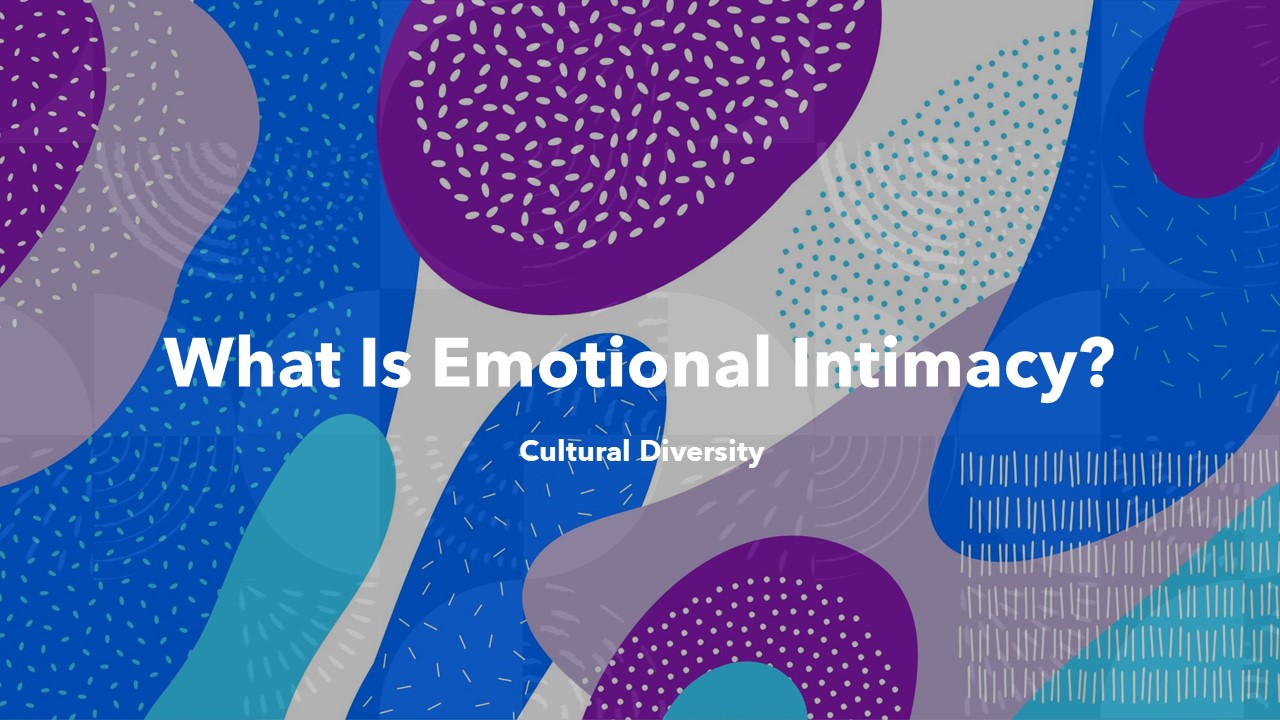The word “intimacy” is widely utilized in modern scholarship and public discourse. Its frequent usage is perhaps comparable to the word “love.” Both are commonly used in diverse and vague senses. Some scholars and laypeople extensively use the word “intimacy” as a synonym for “love,” even though not every love is an intimate relationship. Others often use the word “intimacy” as a synonym for physical intimacy and sex, even though not every sex is intimate.
What Is Emotional Intimacy?
Many scholars use the word “intimacy” to describe psychological closeness and emotional intimacy between people. Relationship closeness deserves special attention from a cultural perspective.
The latter is the most adequate meaning, according to modern English and psychological science. Certainly, there are other directly associated meanings, such as togetherness, emotional connectedness, and affinity. Nevertheless, these words have different meanings.
The concept of intimacy is widely utilized in modern scholarly theories and research. For example, psychologists strive to understand and measure the physical, emotional, intellectual, experiential, and spiritual experiences of intimacy in love (Karandashev, 2017, 2019).
Positive and Negative Sides of Intimacy
In loving relationships, intimacy can have both positive and negative consequences. Intimacy produces the pleasurable feelings of comfortable attachment and trust. Yet it can bring a feeling of vulnerability, for example, in the case of dishonesty and deception. Romantic novels across languages and societies are full of intriguing stories of betrayals. It seems that “no one hurts us more than those who are closest and most intimate.”
Sounds familiar?
“They know it hurts me, but they do it anyway.”
Why so? Why do we hurt the most those we love the most?
The Cultural Diversity of Intimacy
The notion of intimacy appears even more intricate once we consider its diverse cultural interpretations and values. For instance, researchers have demonstrated that Western and Eastern cultures differ in their conceptualizations, experiences, and expressions of intimacy. Some cultures encourage intimacy between lovers, romantic partners, and spouses, while others do not (Castaneda, 1993; Hsu, 1985; Kumar, 1991; Seki, Matsumoto, & Imahori, 2002).
In various cultures, intimacy is more closely associated with a broad range of practices, such as sharing, caring, giving, providing resources, cooking, taking care of the house, and other practical ways.
The views from different cultural perspectives help us explore the diversity of intimacy. As researchers suggested, the differences in intimacy might be more complex, including different cultural understandings of intimacy, because patterns of intimacy are grounded in the cultural contexts of societies. Many case studies in diverse West African and North American cultures illustrate how the experience of intimacy reflects specific constructions of social reality and self (Adams et al., 2004; Karandashev, 2017, 2019; Seki, Matsumoto, & Imahori, 2002).
The case of emotional intimacy Japanese tsukiau relationships and the case of the long path of Japanese marital intimacy deserve special consideration.
